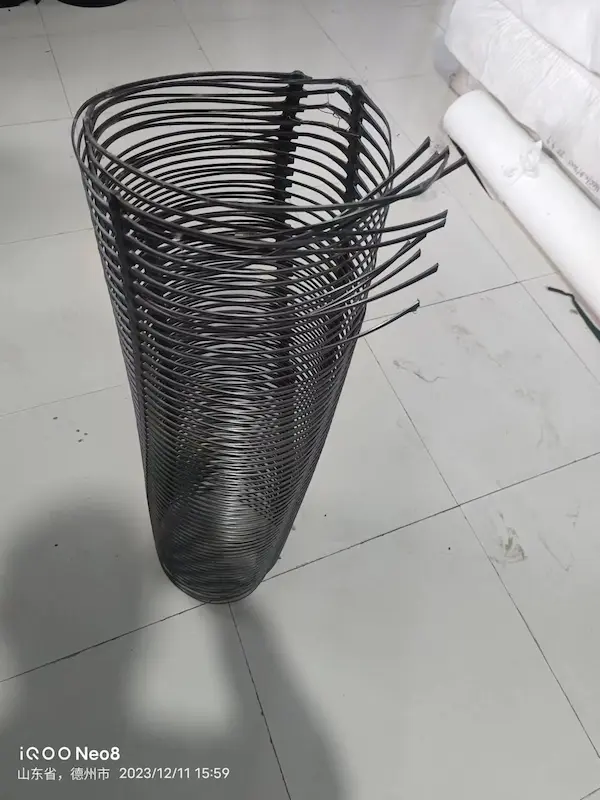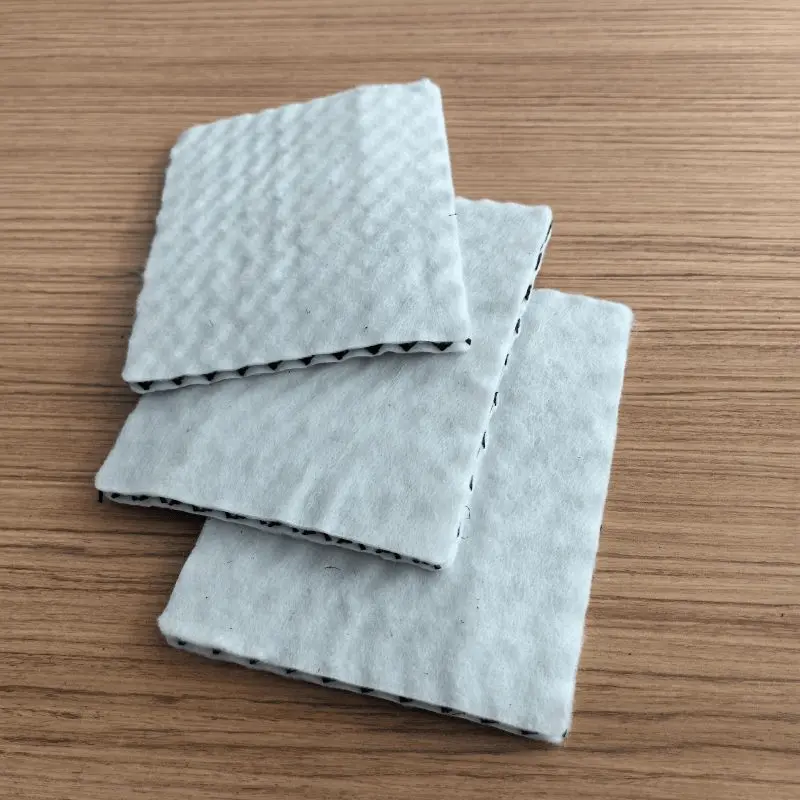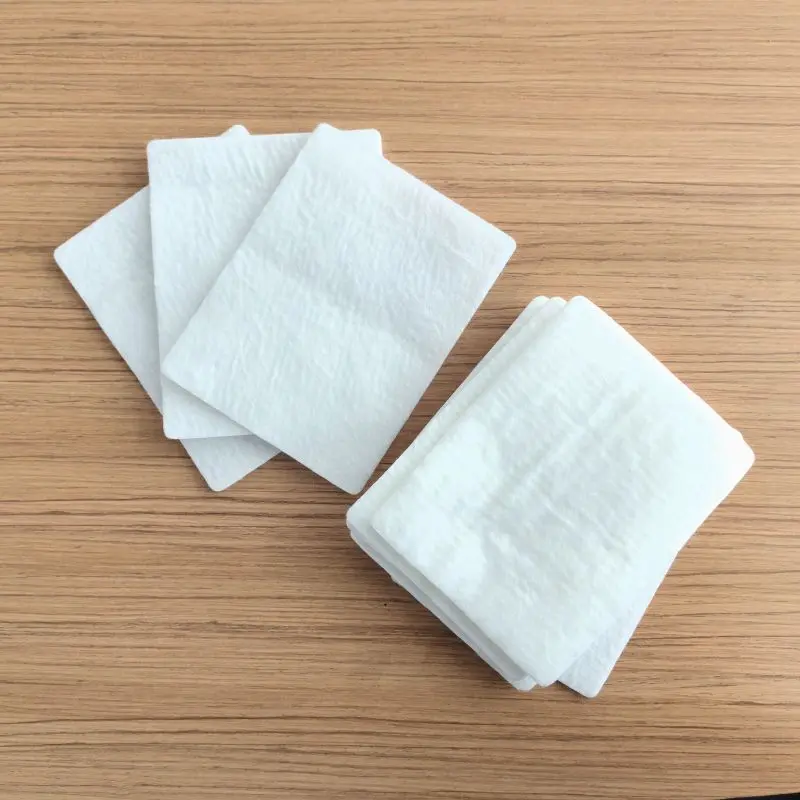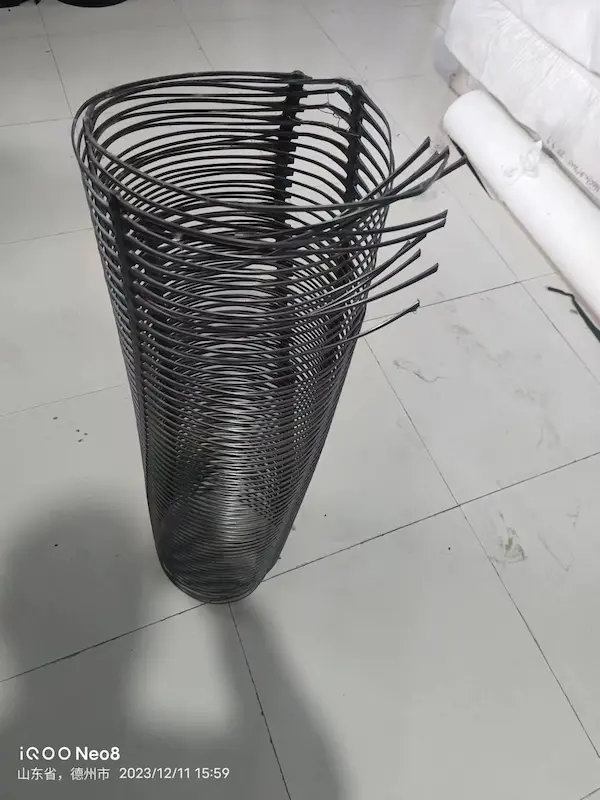Case Study on the Application of Geosynthetic Materials in India
I. Introduction
India, a country with geographically diverse landscapes and a booming infrastructure industry, has witnessed a significant rise in the use of geosynthetic materials in recent years. Geosynthetic materials refer to a range of synthetic materials used in geotechnical engineering that have become increasingly popular due to their versatility, durability, and cost-effectiveness. This case study explores the applications of geosynthetic materials in India, highlighting their advantages and challenges.

(One-way-geogrid)
II. Applications of Geosynthetic Materials in India
Slope Stabilization: In the mountainous regions of India, geosynthetic materials are widely used for slope stabilization. Geogrids and geotextiles are installed to reinforce soil, reducing the risk of landslides and slope failures. This is particularly beneficial in highway and railway construction projects.
Retaining Structures: Geosynthetic materials are also employed in retaining walls and other retaining structures. Geogrids are embedded in the soil to provide reinforcement, while geotextiles act as filters, preventing soil particles from entering the drainage system. This technology has been successfully applied in urban development projects and landfills.
Pavement Reinforcement: Geosynthetic materials play a crucial role in pavement reinforcement, particularly in highways and airports. Geogrids are laid beneath the pavement layers to improve load distribution and reduce settlement. This enhances the durability and service life of the pavement.
Erosion Control: In coastal and riverine areas, geosynthetic materials are used for erosion control. Geotextiles are installed to protect soil from the erosive forces of water, while geogrids stabilize the soil. This is beneficial for the protection of riverbanks, dams, and coastal areas.

(3D composite drainage network)
III. Advantages of Using Geosynthetic Materials
Cost-Effectiveness: Geosynthetic materials offer a cost-effective solution. Compared to traditional reinforcement methods, they are lighter, easier to install, and require less labor and materials.
Versatility: Geosynthetic materials can adapt to a wide range of applications and conditions. They are available in various strengths, sizes, and shapes to suit different projects and soil types.
Environmental Benefits: Geosynthetic materials are often made from recycled materials, reducing the demand for new raw materials. They also have a long lifespan and are recyclable, minimizing waste and environmental impact.

(filament nonwoven geotextile)
IV. Challenges and Future Prospects
Despite their numerous advantages, geosynthetic materials still face some challenges. The initial cost of geosynthetic materials may be higher compared to traditional materials, but their long-term cost-effectiveness and durability justify the investment. Additionally, insufficient knowledge and training among contractors and engineers may hinder their wider adoption.
However, with the increasing demand for sustainable and cost-effective solutions in the infrastructure industry, the prospects for geosynthetic materials in India look promising. Further research and development are needed to improve the performance and reduce the cost of geosynthetic materials, further promoting their use in various applications.
V. Conclusion
In conclusion, geosynthetic materials have demonstrated significant potential in India's infrastructure sector. Their applications in slope stabilization, retaining structures, pavement reinforcement, and erosion control have showcased their versatility, durability, and cost-effectiveness. While challenges remain, the wider adoption of geosynthetic materials in India is expected as their performance and cost-effectiveness continue to improve.
Geosynthetic manufuacturer for india
As a premier geosynthetics manufacturer based in China, we take pride in our ability to supply high-quality geosynthetic materials to clients in India and beyond. With years of experience and expertise in the industry, we have established ourselves as a trusted provider of innovative solutions for various geotechnical and environmental applications.
At our state-of-the-art facilities, we employ advanced manufacturing processes and adhere to stringent quality control measures to ensure that our geosynthetic materials meet the highest standards of excellence. From geotextiles and geomembranes to geogrids and geocells, our comprehensive product range caters to the diverse needs of infrastructure projects, erosion control, soil stabilization, and more.
We understand the unique challenges faced by clients in India and are committed to providing customized solutions that address their specific requirements effectively. Whether it's for road construction, hydraulic engineering, mining, or environmental protection, our geosynthetic materials are designed to deliver optimal performance and durability in every application.
Customer satisfaction is at the heart of everything we do. Our dedicated team of professionals works closely with clients to understand their needs, offer expert advice, and provide timely support throughout the project lifecycle. We strive to build long-term partnerships based on trust, reliability, and mutual success.
With our commitment to quality, innovation, and customer satisfaction, we are well-positioned to be your preferred partner for high-quality geosynthetic materials in India.



781.webp)